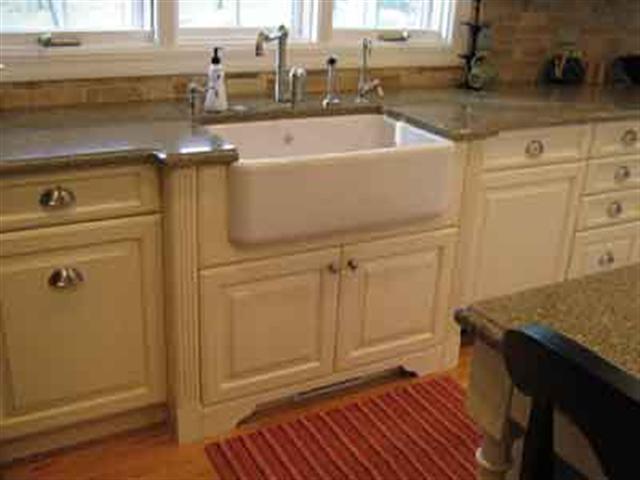Question
I am looking for ways others convert a new project into useable information, beyond hand written cutlists, manual CAD drawings (TurboCAD), lots of experience and patience.
I realize each shop does different work, and lots are custom shops, as we are, but I believe the concept for handling an order should still be the same, as long as the order resembles previous projects.
I do not understand why we should repeatedly list obvious parts (like our standard door always has 2 stiles, they are always the length of the door, they are always the thickness of the door, they always consist of the same components - core staves, 2 veneers, etc.). To me, this could all be controlled with some parameters (such as stile width, wood species).
Our company is willing to invest in software, but I have little sense of direction in this. If you have been there, and found a better way (or not), your input will be very beneficial.
Forum Responses
(Architectural Woodworking Forum)
From contributor K:
I use simple Excel spreadsheets. I have it set up so that you just enter the width and height of the door and it calculates the sizes of each part. Build a different spread sheet for each style you make.
One function that I use frequently is what I call the "standard deduction" function. Each part can be solved for by using a standard deduction. You basically start with the overall dimension and subtract a predetermined measurement to arrive at a specific part measurement. For example, when building cabinets, I use the outside width as a starting point, and since no other part will be wider than that, it's all subtraction from there.
Here is an example. For the bottom piece and top stretcher, I have the auto sum function set to subtract 1.5" from the overall width to arrive at the part size (.75" per side x 2). For the drawer front and back, it subtracts 4" (.75" per side panel, .5" per drawer slide, and .75" per drawer side, x 2 for each side).
The program is set up so that all I enter is the outside width dimension and it spits out a half dozen dimensions for all the pieces. If I ever add anything new to my cabinets, all I need to do is add another function to figure for the measurement.
